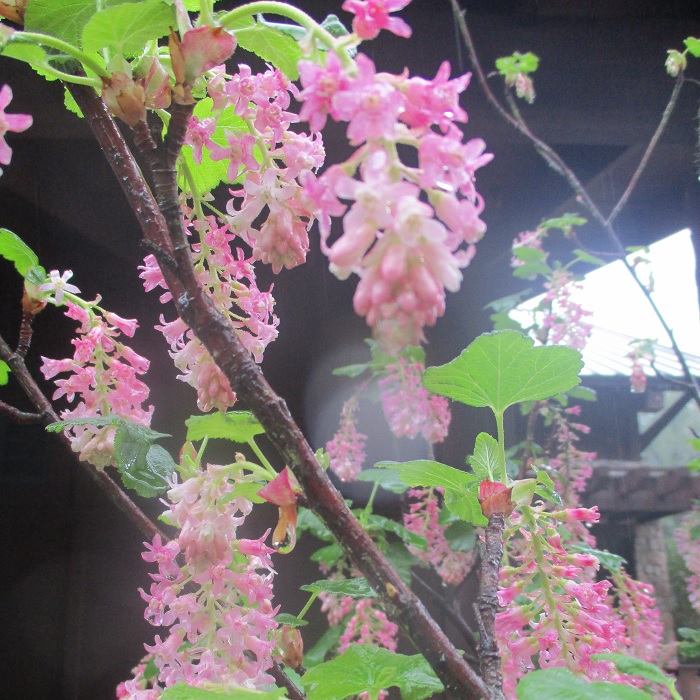UNITED STATES—They were not always houseplants. They came from somewhere else. Most came from shady tropical forests, which is why they have such big dark green leaves, and are so tolerant of shady home interiors. They are pretty good sports about tolerating the domestic lifestyles that we subject them to, but they would really prefer to be thousands of miles away, growing wild back home.
Home interiors lack the sort of weather that the natural environments of houseplants get. The majority of houseplants would prefer rain, humidity, occasional breezes and perhaps more warmth. Some succulents may not miss the rain, but might crave heat and more sunlight. Regardless of what houseplants want, that can not get all of it in the comfort of our homes. They want to get out!
Unfortunately, that is not an option. Plants that have adapted to the relative darkness and protection from (shortwave or SUV) ultraviolet light in the home would roast if suddenly exposed to direct sunlight. (Windows block SUV light.) They would get battered by wind and damaged or killed by frost in winter. Those that become outdoor plants should be transitioned slowly and methodically.
However, there are a few times a year when the weather is not expected to get too cold, hot or windy, when houseplants can come out to the garden to get very lightly rinsed with a hose. Taking them out immediately prior to a light rain is even better. Rain is gentler and more sustained than a brief and coarse hose rinsing. Both techniques rinse away dust and residue from insect activity.
Rinsing does not eliminate mite, scale or mealybug infestations, but temporarily eliminates the residue from such infestations, and somewhat disrupts their activity. Mites prefer dusty plants to clean ones. While plants are outside, it would be a good time for any necessary repotting, or to apply horticultural oil to control mites or scale. Mineral deposits can also be scrubbed from saucers and the bottoms of pots. If hosed during sunny weather, houseplants should be shaded by a larger tree or awning.
Highlight: pink flowering currant
We tend to think of currants as being from Europe, Russia or Eastern North America. The pink flowering currant, Ribes sanguineum glutinosum, is actually endemic to canyons and riparian sites of the coastal ranges of California. Because it is an understory species that lives in the partial shade of large trees, it is quite tolerant of shade, and even prefers a bit of shade rather than full sun.
Mature specimens might reach first floor eaves, and get as wide as six feet. Aging stems of maturing plants should be pruned out to promote growth of new stems. New plants should probably be staked loosely until they disperse stabilizing roots. Although tolerant of drought, pink flowering currant is happier with occasional watering, and will actually tolerate poor drainage through winter.
Pendulous trusses of tiny pink flowers bloom like small wisteria flowers late in winter or early in spring. They are mostly done by now. Small and sparse currants get eaten by birds almost before they get seen. The deciduous foliage turns only soft yellow before falling in autumn. The handsome and slightly aromatic palmate leaves look and smell almost like those of a scented geranium.
Horticulturist Tony Tomeo can be contacted at tonytomeo.wordpress.com.






